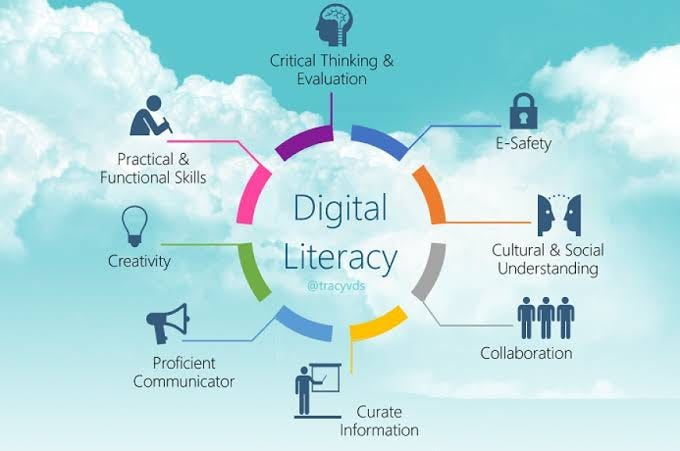Digital Divide: The New Found Menace
- Tarini Madan

- Jul 12, 2022
- 3 min read
Digital divide is a term that has lately been in the limelight, particularly after the pandemic. Whenever we read up about it, the issue always begins from the pandemic. What about the digital divide that existed prior to the pandemic? Many people believe that digital divide has come into existence ever since covid 19 struck but the reality is that it existed even prior to it. What covid 19 has just done is that it has brought the issue into the public eye and given it the attention that was needed long ago.
Digital divide, in simple terms, is the gap between those who have access to gadgets such as computers and the internet, and those who do not. Digital divide cannot be understood by a single definition, it has multiple dimensions to it, hence it is multifaceted in nature. The following points further describe the different levels at which digital divide exists.
Availability – The presence of an internet connection in a particular locality/area along with the availability and accessibility to gadgets such as laptops and phones
Affordability – Affordability is one of the primary causes of digital divide. Even if internet connection and gadgets are available, most of the time, people are unable to afford them due to financial restraints.
Adaptability – This is one such factor which is not spoken about much when it comes to digital divide but it still plays a significant part in it as people, during the pandemic, faced a plethora of issues because they we unable to make a sudden shift from offline mode to the online one, particularly in rural areas. This also included the lack of digital literacy, which was faced by most individuals prior to the pandemic.
Quality of Services – This plays an important role particularly in terms of internet services because, the poor the internet services, the more it would increase the gap.
The 21st century is known as the era of information technology because of the rapid advancements in the technological sphere, globally, in spite of this, authorities had hardly given any attention to digital divide in the pre pandemic phase. The online and distance learning during the pandemic reinforces social exclusion and injustice through the notion of the digital divide. While having gadgets like cellphone, laptops, etc. have been the normal situations for some individuals, there is a huge chunk of the population who remain to be offline to the world. Even in the pre pandemic era, countries such as Africa ranked the lowest in terms of internet accessibility. While, Asian countries are considered to be fairly well off in terms of facilities such as internet connectivity and digital economy, still social inequalities and unequal distribution of digital wealth exist in the continent.


Solutions to eradicate the digital divide -
Infrastructure – Providing the infrastructure to facilitate connectivity to the digital world, ensuring that internet reaches every nook and corner by building network towers and increasing terrestrial broadband coverage.
Digital Literacy – While, the lack of digital literacy is a contributor to increasing digital divide, making people digitally literate is the solution because they would know how to navigate the digital world along with using it constructively, in a safe and responsible manner.
Partnership between the public and private sector – The government alone cannot be made responsible for filling the gaps. In order to reduce the divide, partnerships of the public and private sector, including various NGOs is required. Together they can contribute in providing affordable electronic gadgets, cheap rates for internet connection and promoting the issue of digital divide so that more and more people become aware of the same and contribute in their own little ways.
Improving opportunities for learners with disabilities – This should be implemented in order to make them feel more inclusive. Specially designed technologies such as screen readers, magnifying devices, telecommunication relay devices should be used to encourage independence and participation in them as well as providing quality education to learners with disability.
By the end of this blog, we have identified a variety of problems causing the digital divide and its solutions and how the pandemic has acted as a catalyst to it. It is true that this newly identified problem is going to exist for a while, but we as a society can contribute in our own capacity and make efforts to gradually start by minimizing this gap, and finally eradicating it by implementing the solutions listed above.
References –








very insightful!
How does different levels at which digital divide exists ( as described above) differentiate between Men and Women ( the divide) because the Solutions to eradicate the digital divide ( great research above!) is applicable to both Men and Women equally?